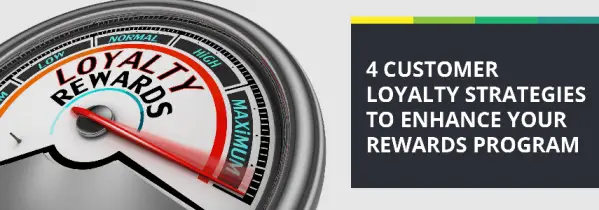It’s always worth it to attract new customers, but you’re probably aware how valuable existing customers are. They spend more and they’re more likely to spread word about your business, and that’s why you have a loyalty program to encourage them to stick around. With a great loyalty program, buying from you becomes a goal in itself: the customer is directly rewarded for their purchases, and advances through tiers representing their loyalty to your business in a visible way. But how can you grow that loyalty into a fervor?
A tiered, gamified reward program is a fantastic incentive to shop, but it’s not your only tool in the game of customer loyalty. There’s much more you can do to build up your business in the customers’ minds as an ally or even a friend. If a customer feels that your business cares about them and wants them to succeed, and that you’re actively invested in them as a person and not just a number, you’ll win them over for good.
So how do you support your rewards program and show your customers how real they are to you?
1. Learn What Success Means to Your Customers
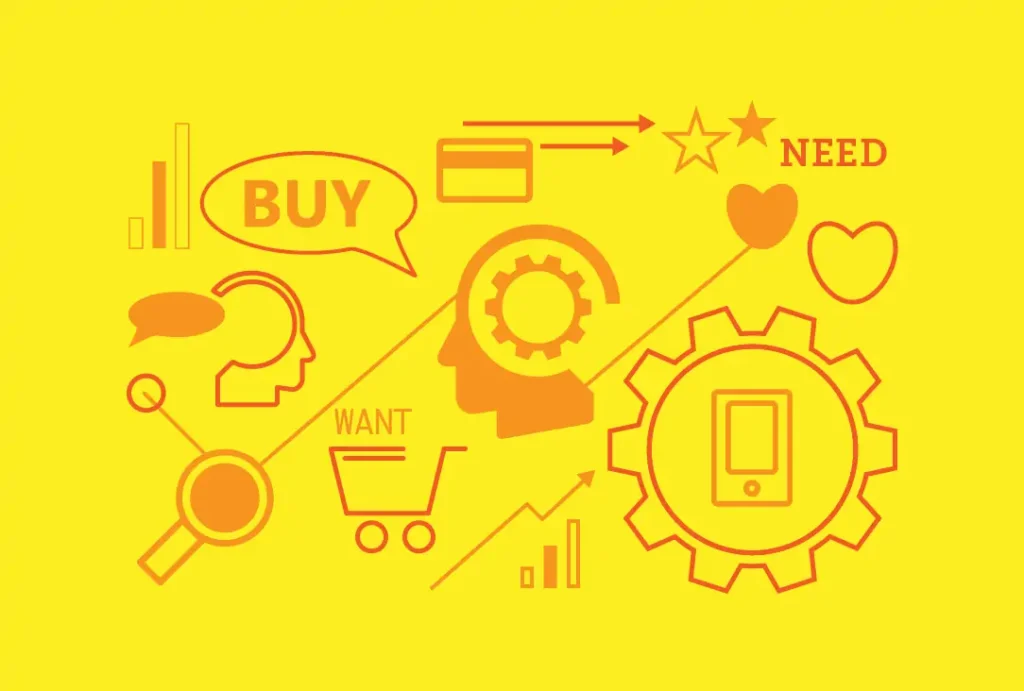
Your customers buy from you to help them reach a certain goal, and this is true no matter what industry you’re in. Their goal could be to get more physically fit and healthy, to relax better, to find what they need for their kitchen, to dress better and look more fashionable, or just to have fun — all depending on what you sell. If you learn to view purchases as goal-seeking behavior on the part of your customers, you’ll have a better understanding of how to reach them. This is an important part of creating your buyer personas.
Once you have this understanding, you’ll have a starting point as to how to reach your customers on a deeper level — not just through optimizing your website for their buyers’ journey, or through suggesting the right products that relate to their purchase, but also in how you interact with them.
2. Always Seek Positive Engagement
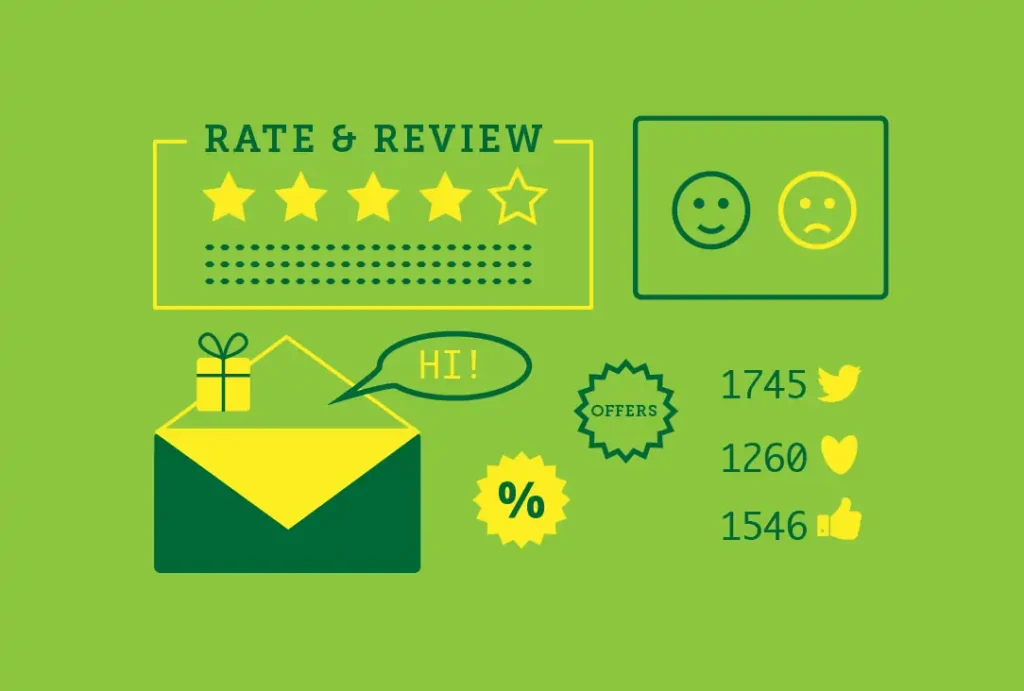
Customer engagement comprises all your business’s interactions with customers, including all forms of customer inquiries, service, and feedback. You should make every effort to keep all these interactions positive, especially when customers are unhappy. If a customer realizes you’ll go the extra mile to please them, they’re far more likely to feel valued — and to stick around. In fact, proper management of unhappy customers can supercharge loyalty and go a long way toward winning over more customers in the future, as long as you keep the promises you make.
You or your staff should come across as if you love talking to customers and seeing to their satisfaction. Both positive and negative feedback open doors for you to engage your customers in a positive manner. It’s pretty obvious that unhappy customers require some extra care, which can lead to refunds, product exchanges, or other typical customer satisfaction efforts, but engage with your happy customers too. Thank them for their order in a personalized fashion, and follow up with them later to see how they like their purchase. Chances are you already have a timed system for asking customers to come back and leave a product review, but make it more than that. Ask them if they are enjoying the product and if they need any help or advice with it. Customize these interactions toward the industry you’re in — for example, if you sell exercise gear, you could include words of encouragement regarding the customer’s fitness goals.
This adds a personal level to what would otherwise be simple order-follow-up emails, and that personal touch goes a long way to making each customer feel that they matter to you as an individual. Customers who feel special become fiercely loyal.
3. Provide Customers with Valuable Content
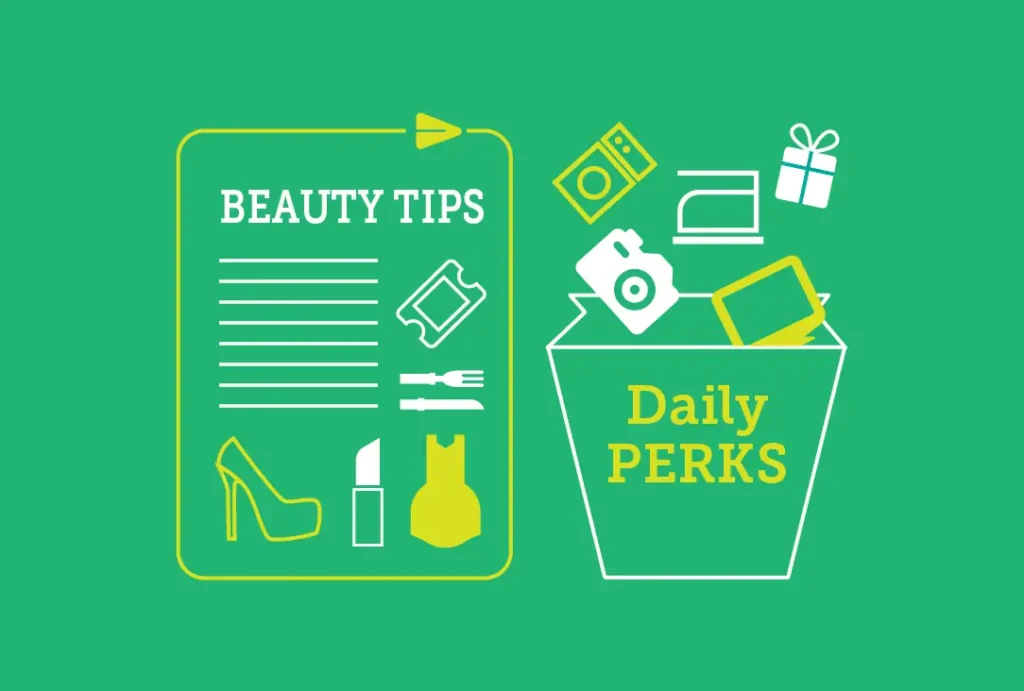
Whether you run a blog, a newsletter, or both, the last thing you want to do is orient it purely around marketing. Of course, blogs and newsletters are both powerful content marketing tools, and you are still using them for that purpose, but people are less likely to read and interact with you if they think you’re just trying to sell to them.
If you only post or send promotional material, customers may appreciate being notified of discounts or new products, but will ignore your emails and blogs just as often. Instead, your primary goal should be to provide good content that keeps them coming back to learn.Use your email newsletter and blogging platforms to give your customers valuable information first and foremost, and include product links (and perhaps coupon codes) as if they’re simply a courtesy to help readers obtain the mentioned products more conveniently.
If you’re used to taking a “sell, sell, sell” approach, you might need to give yourself a mental adjustment to get into the proper mindset to create content in this way. Customers can sense insincerity, so you need to write your blogs and newsletters with the mindset that valuable content comes first. Tie your products into your content in a truly helpful manner, and customers will perceive that you do have their best interests at heart — which earns you new customers as well as repeat ones.
4. Don’t be Elitist
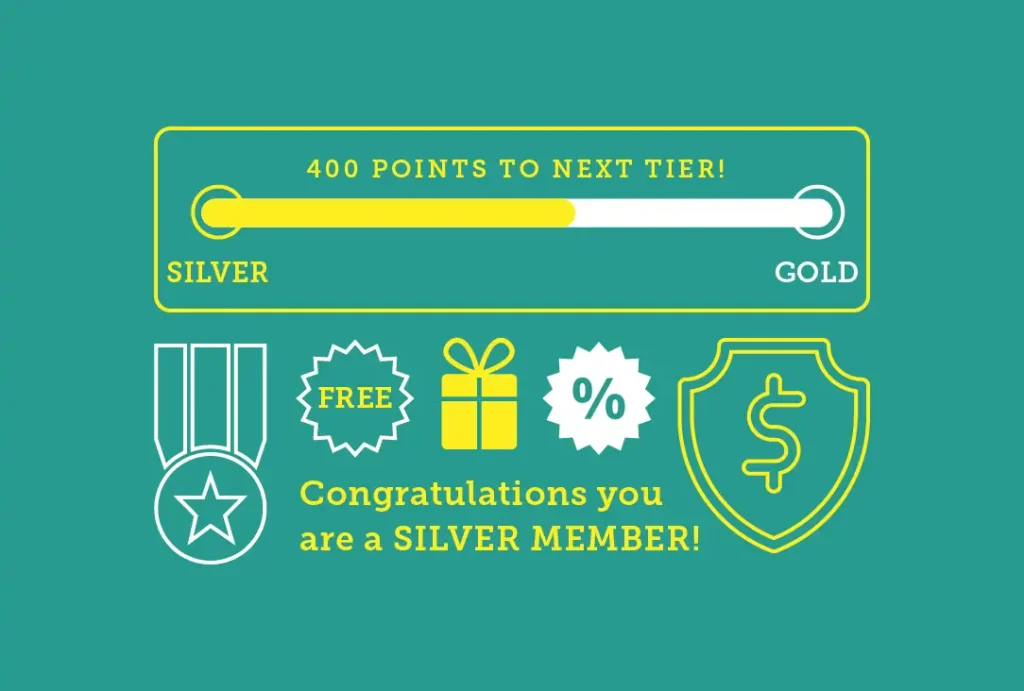
Your rewards program is a means to help customers feel that their purchases from you have an underlying secondary benefit. The act of buying from you makes them part of something, and reaching the next tier can feel like a sign of dedication or prestige. Of course, you want the higher tiers in your loyalty program to seem like a worthy reward in themselves, but it makes a difference how you motivate your customers to reach them.
If a customer feels looked down upon for being new, or that your higher tiers are too far off to be reached, they’ll lose interest. You want your higher-tier rewards to seem obtainable through relatively normal purchase activity over time. It’s also crucial that you welcome customers at all levels, not just those who have proven their loyalty by advancing in tiers. Customers should feel special from the moment their account is created — and that’s what gets them excited about earning points and reaching a higher level.
Key Takeaways
Customer loyalty can be summed up as a two-way street: for a customer to become loyal, they must first feel you are loyal to them. Customers who perceive your business as being truly invested in their lives will trust you and buy from you, and if you combine this level of trust with an attractive rewards program, you have the perfect recipe for a large and loyal customer base.
Your rewards program alone is not enough to foster this level of trust. Your regard for the customer has to come through every angle of your business, from customer interaction to content writing and beyond. It’s not easy and it certainly isn’t quick, but with the correct approach and the proper tools for a well-rounded customer engagement strategy, you’ll earn lifetime customers who value your business just as much as you do.
More About The Author: Jimmy Rodriguez
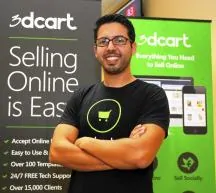
Jimmy Rodriguez is the COO and co-founder of 3dcart, an e-commerce software to build SEO-friendly online stores. He’s dedicated to helping internet retailers succeed online by developing digital marketing strategies and optimized shopping experiences that drive conversions and improve business performance.
Twitter Profile: Jimmy Rodriguez
